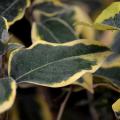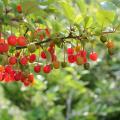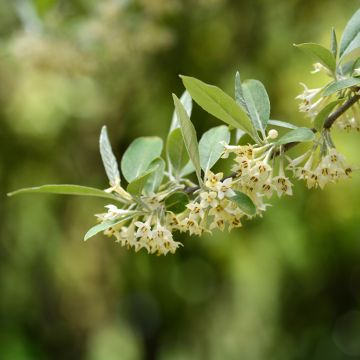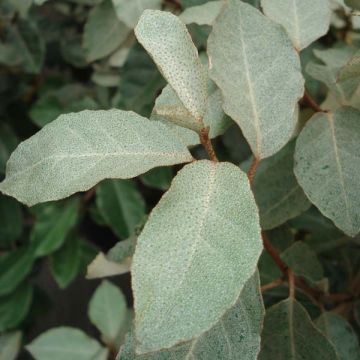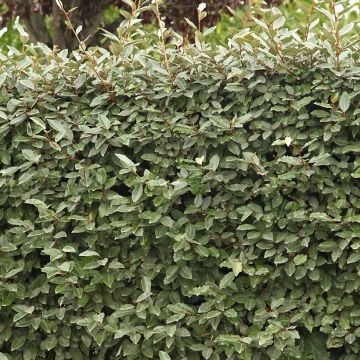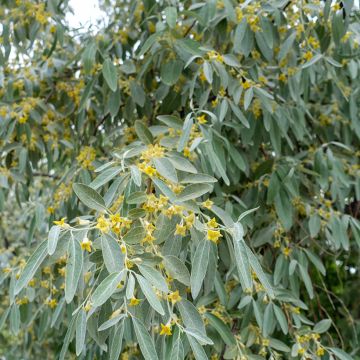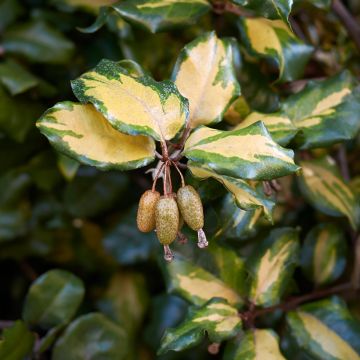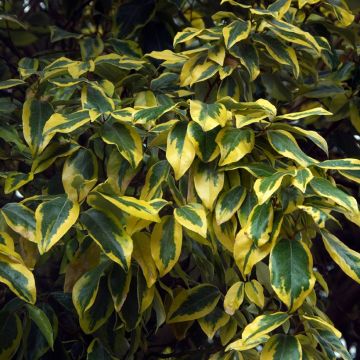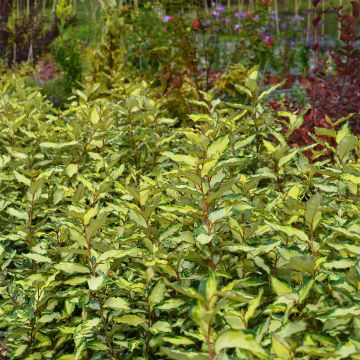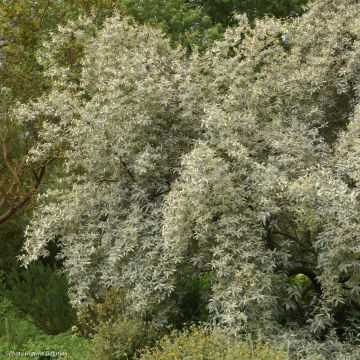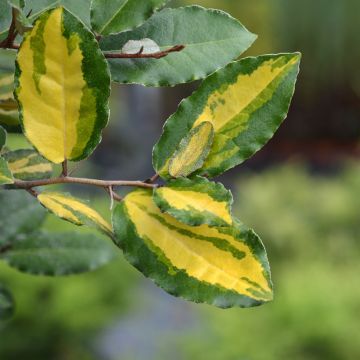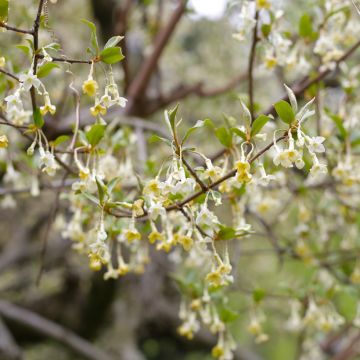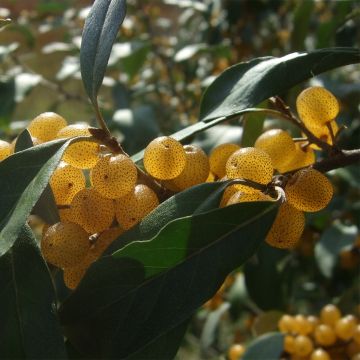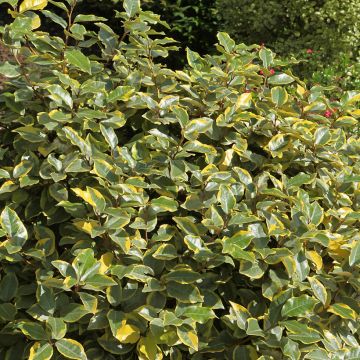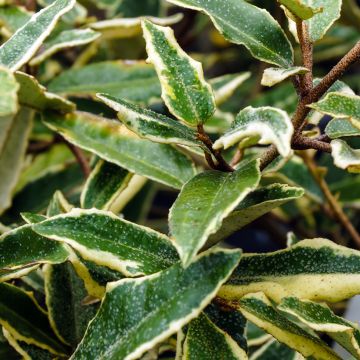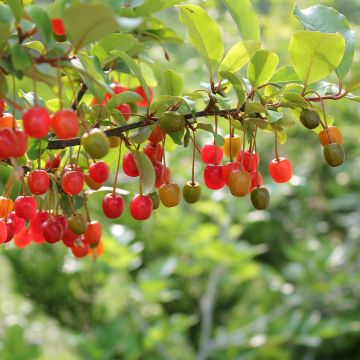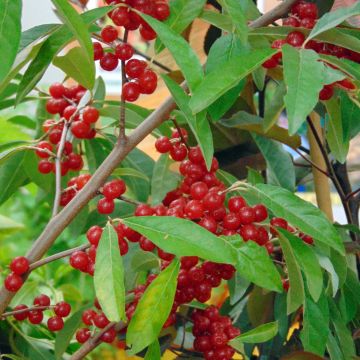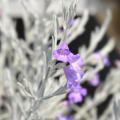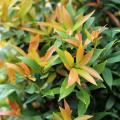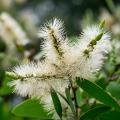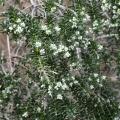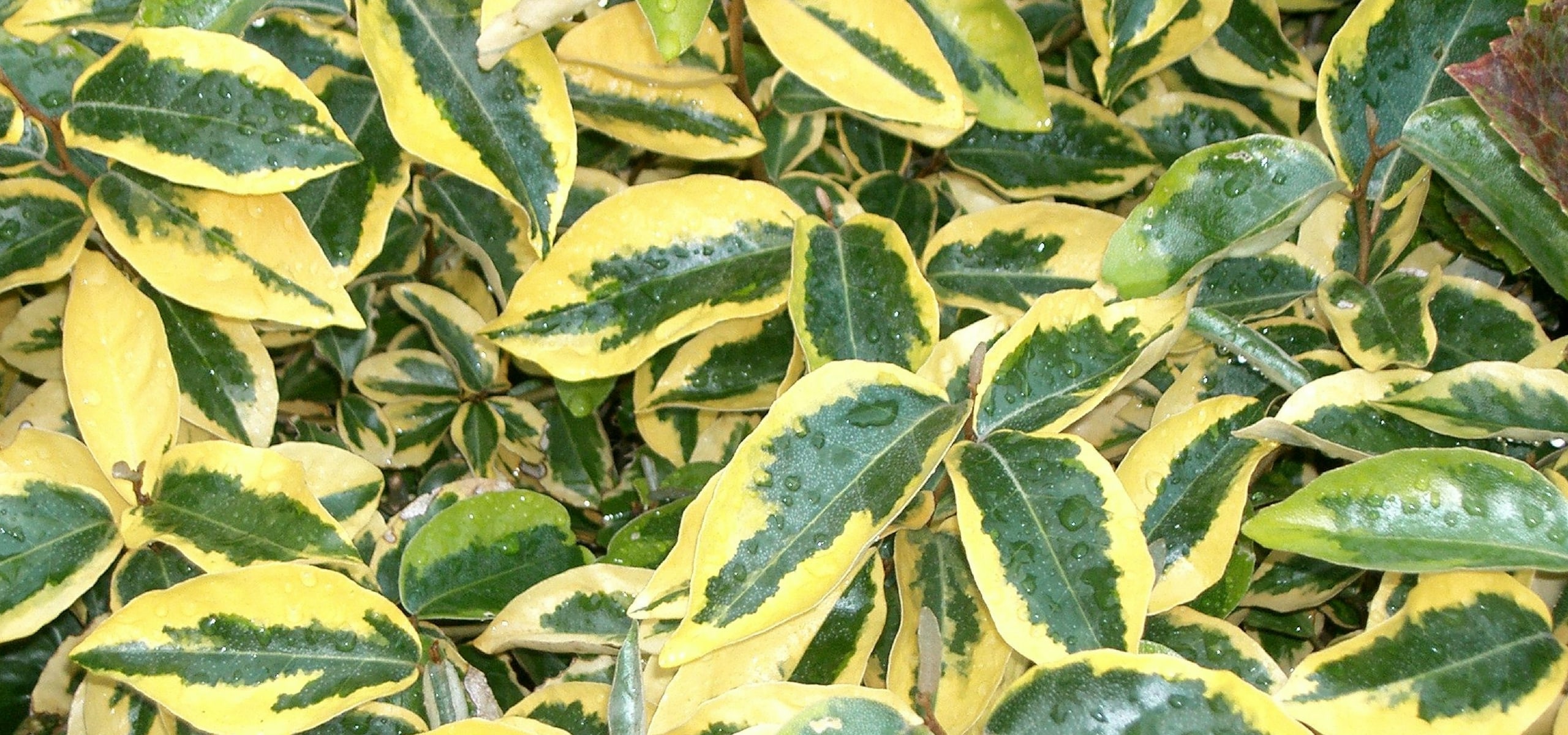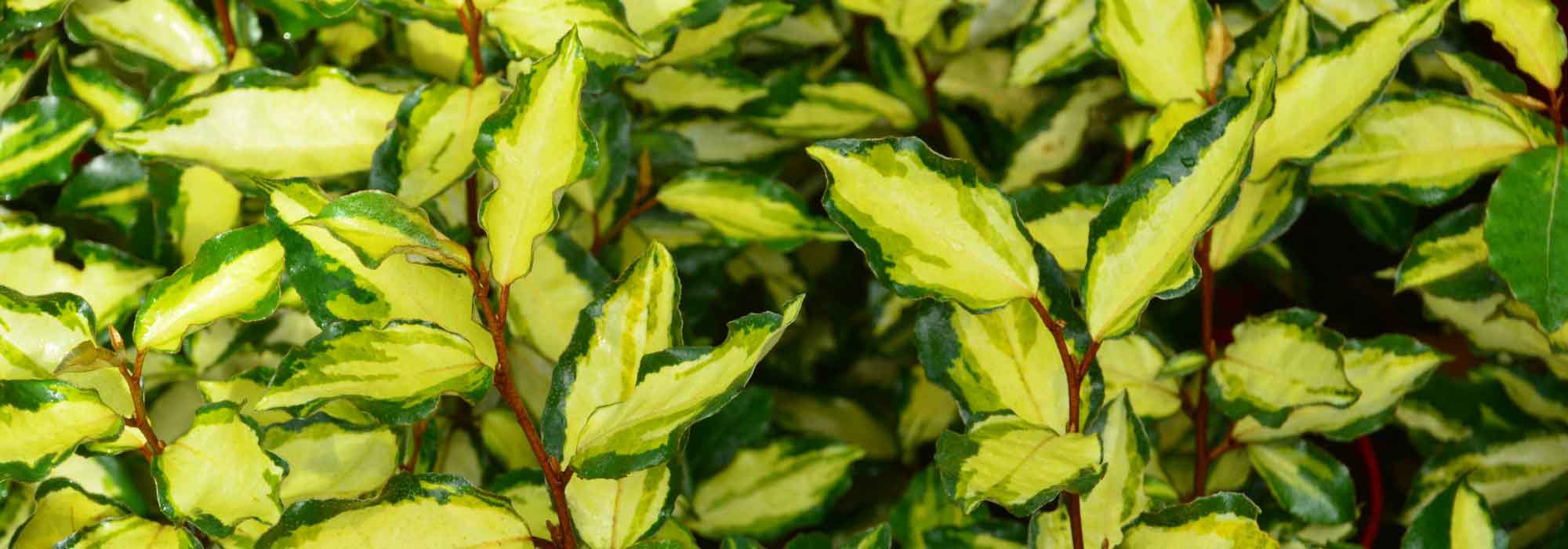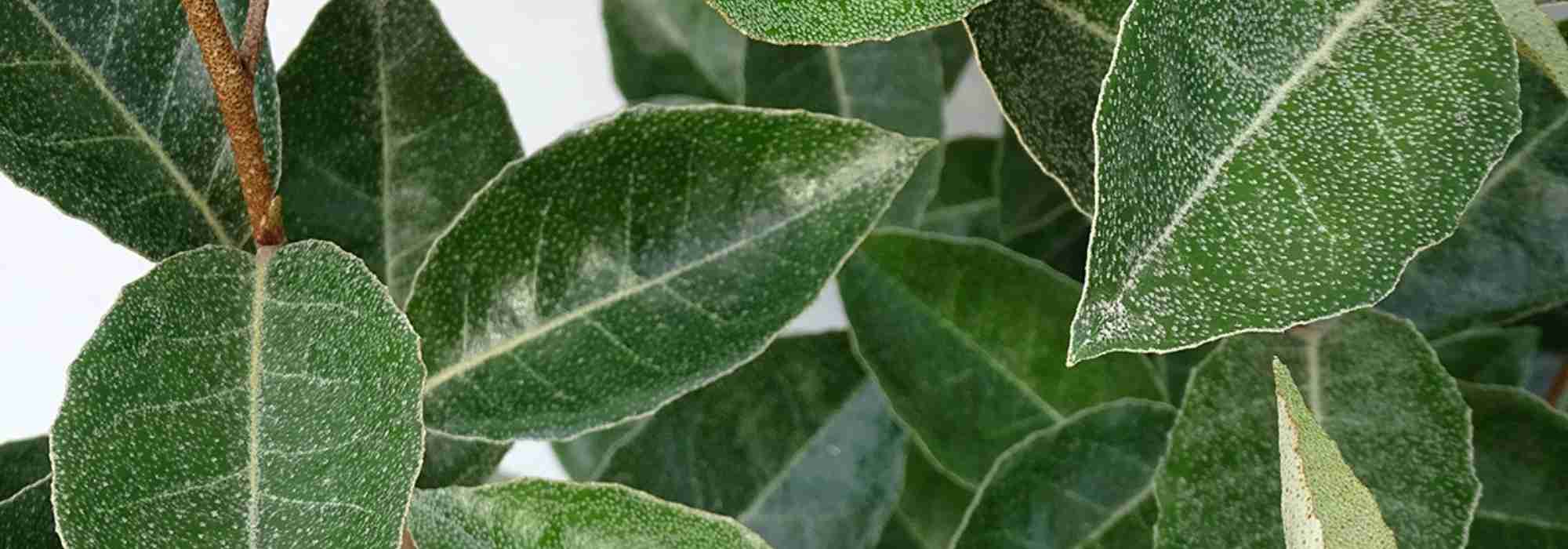Elaeagnus - Oleaster
Would this plant suit my garden? Set up your Plantfit profile →
Available in 3 sizes
Available in 4 sizes
Available in 2 sizes
Available in 3 sizes
Available in 3 sizes
Available in 2 sizes
Available in 2 sizes
Available in 1 sizes
Available in 1 sizes
Available in 2 sizes
Available in 1 sizes
Available in 1 sizes
Available in 2 sizes
Available in 1 sizes
Available in 1 sizes
Available in 1 sizes
Eleagnus or Chalef are very dense bushes with a small trunk often used to form windbreak hedges. They have lanceolate green or silvery foliage and their very discreet flowering releases a light fragrance. Elaeagnus angustifolia (6m (20ft)), also called "Bohemian Olive", has thorns and deciduous silvery foliage, while Elaeagnus ebbingei (3m (10ft)), evergreen, has rather bluish leaves and small fragrant flowers followed by edible orange fruits. Growing rapidly, bushes are planted in sandy soil, even dry and poor but without limestone, in sunny or semi-shady locations. To promote branching, shoots should be pruned by a third of their length in the first few years. Pruning for balance is then carried out in spring to maintain a regular shape. Bushes go perfectly with Escallonia, Olearia, Tamarisks, and Griselinia. Use Photinia for a windbreak hedge. Tip: Insensitive to pollution, evergreen bushes make excellent hedges in sheltered city gardens.
Haven't found what you were looking for?






























